In the grandeur of the universe, the tapestry of life may be woven from stranger threads than we ever dared to dream, and spun from materials far different to our own.\
Watch my exclusive video The Fermi Paradox Hermit Shoplifter Hypothesis: https://nebula.tv/videos/isaacarthur–…\
Get Nebula using my link for 40% off an annual subscription: https://go.nebula.tv/isaacarthur\
Get a Lifetime Membership to Nebula for only $300: https://go.nebula.tv/lifetime?ref=isa…\
\
Visit our Website: http://www.isaacarthur.net\
Join Nebula: https://go.nebula.tv/isaacarthur\
Support us on Patreon: / isaacarthur \
Support us on Subscribestar: https://www.subscribestar.com/isaac-a…\
Facebook Group: / 1,583,992,725,237,264 \
Reddit: / isaacarthur \
Twitter: / isaac_a_arthur on Twitter and RT our future content.\
SFIA Discord Server: / discord \
\
Credits:\
Silicon-Based Lifeforms \
Episode 426; December 21, 2023\
Produced, Written \& Narrated by: Isaac Arthur\
Graphics: Ken York / YD Visual\
Music Courtesy of Epidemic Sound http://epidemicsound.com/creator
Category: alien life – Page 45
The First Stars and the Cosmic Dawn: A Journey to the Beginning of Time with Webb
Have you ever wondered what the universe looked like before the first stars were born? How did these stars form and how did they change the cosmos? These are some of the questions that the James Webb Space Telescope, or Webb for short, will try to answer. Webb is the most powerful and ambitious space telescope ever built, and it can observe the infrared light from the most distant and ancient objects in the universe, including the first stars. The first stars are extremely hard to find, because their light is very faint and redshifted by the expansion of the universe. But Webb has a huge mirror, a suite of advanced instruments, and a unique orbit that allows it to detect and study the first stars. By finding the first stars, Webb can learn a lot of information that can help us understand the early history and evolution of the universe, and test and refine the theoretical models and simulations of the first stars and their formation processes. Webb can also reveal new and unexpected phenomena and raise new questions about the first stars and their role in the universe. Webb is opening a new window to the cosmic dawn, where the first stars may shine. If you want to learn more about Webb and the first stars, check out this article1 from Universe Today. And don’t forget to like, share, and subscribe for more videos like this. Thanks for watching and see you next time. \
\
Chapters:\
00:00 Introduction\
01:09 Finding the first stars\
03:21 Technical challenges and scientific opportunities\
07:18 Challenges and limitations \
10:04 Outro\
10:31 Enjoy\
\
Best Telescopes for beginners:\
Celestron 70mm Travel Scope\
https://amzn.to/3jBi3yY\
\
Celestron 114LCM Computerized Newtonian Telescope\
https://amzn.to/3VzNUgU\
\
Celestron – StarSense Explorer LT 80AZ\
https://amzn.to/3jBRmds\
\
Visit our website for up-to-the-minute updates:\
www.nasaspacenews.com\
\
Follow us \
Facebook: / nasaspacenews \
Twitter: / spacenewsnasa \
\
Join this channel to get access to these perks:\
/ @nasaspacenewsagency \
\
#NSN #webb #firststars #cosmicdawn #astronomy #space #universe #infrared #telescope #nasa #esa #science #discovery #history #evolution #reionization #chemistry #physics #light #darkness #bigbang #galaxies #blackholes #supernovae #elements #life #youtube #video #education #entertainment #information #NASA #Astronomy
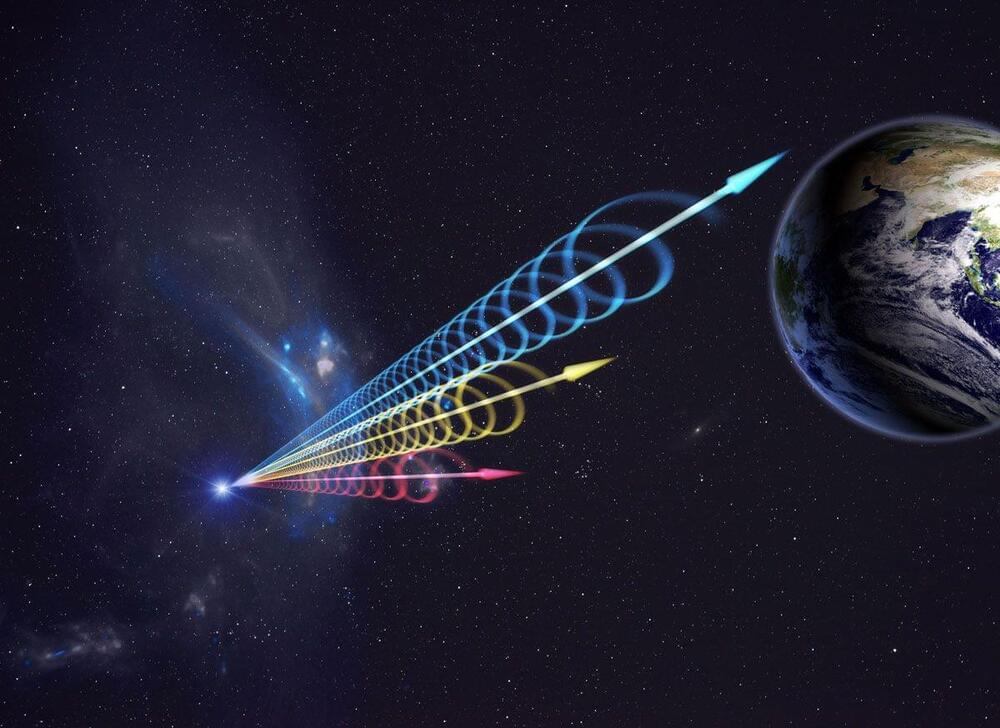
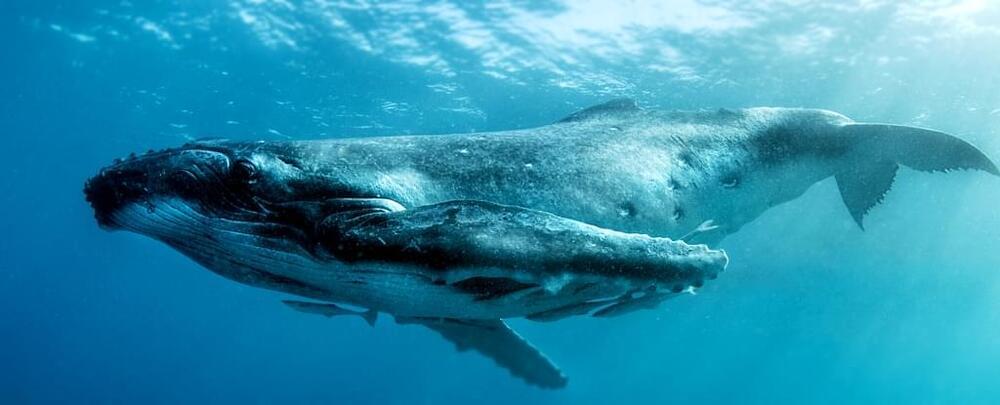
Scientists Contact Whales in World-First Communication Experiment
What do whale experts and alien hunters have in common? More than you might expect.
For a recent study published in the peer-reviewed journal PeerJ, scientists from UC Davis, the Alaska Whale Foundation, and SETI (Search for Extraterrestrial Intelligence) teamed up.
Their mission: Communicate with whales. And they did just that.

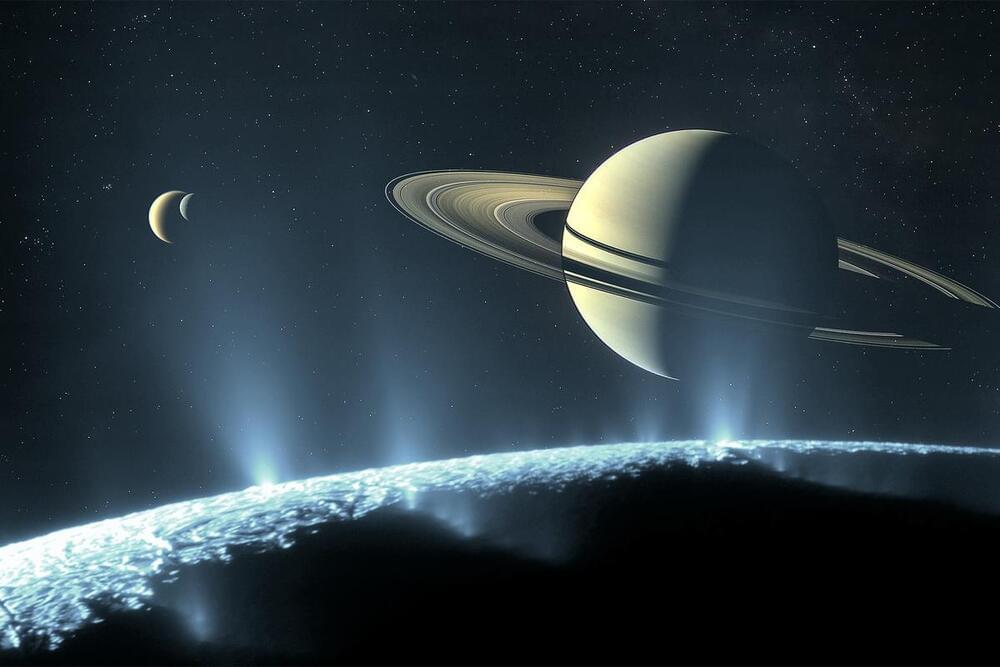
New Evidence Discovered That Saturn’s Moon Could Support Life
Very interesting find. Life on Saturn’s moon would be great.
Molecules in Enceladus’s icy plumes suggest that alien life could exist in our solar system.
By Ling Xin
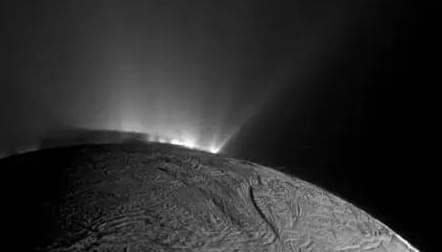
NASA Identifies 17 Exoplanets with Potential for Life-Supporting Oceans
A recent study published in The Astrophysical Journal and presented at this week’s American Geophysical Union Annual Meeting 2023 examines how 17 exoplanets could harbor interior oceans of liquid water, and possibly even geysers, much like two moons within our solar system, Europa and Enceladus. This study was conducted by a team of researchers across academia and multiple research institutions and holds the potential to help scientists better understand the prospects and conditions for finding life beyond our solar system, including the examination of how life could form outside of a star’s habitable zone (HZ).
Image of Saturn’s moon, Enceladus, and its geysers taken by NASA’s Cassini spacecraft in November 2010, which could mirror exoplanets with interior oceans and geysers. (Credit: NASA/JPL-Caltech/Space Science Institute)
“Our analyses predict that these 17 worlds may have ice-covered surfaces but receive enough internal heating from the decay of radioactive elements and tidal forces from their host stars to maintain internal oceans,” said Dr. Lynnae Quick, who is a planetary geophysicist at NASA’s Goddard Space Flight Center and lead author of the study. “Thanks to the amount of internal heating they experience, all planets in our study could also exhibit cryovolcanic eruptions in the form of geyser-like plumes.”
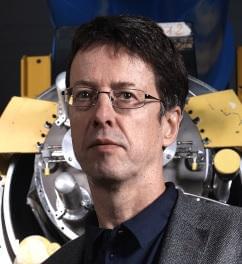
Looking back on an eventful year for accelerators
During their recent visit to CERN, Presidents Berset and Macron were given an introduction to the Laboratory by Fabiola. President Macron appeared to be really interested in the origins of the Universe, and explanations went way over time! The entourage were then whisked down to the LHC tunnel and through to the ATLAS cavern. It’s hard not be impressed, the LHC is the LHC and ATLAS is awe inspiring. What they didn’t see, however, was the near miraculous demonstration of technological prowess that underpins all of this. Taking a step back, it’s quite remarkable what we do here. One can weave a number of threads through the accelerator complex, from the chopper of Linac 4 to the PS RF system, the multi-cycling synchronisation of everything, the production of radioactive ion beams, the vacuum systems from ELENA to the LHC, the n_TOF target, stochastic cooling of antiprotons, the power converters, the magnets (from 1959 to 2023), beam instrumentation, the LHC transverse feedback system… and but wonder that it all comes together as well as it does. It’s worth reflecting on this, as we look back on another year in the life of an unparalleled collection of accelerators and facilities, a year that has been very good overall, although somewhat eventful for the LHC. Despite the sophisticated operations involved in producing the multiple beam configurations required for the down-stream machines, Linac4 maintained an impressive 98% availability, with stable running and optimal beam performance. The Proton Synchrotron Booster contributed significantly, as always, supplying beams to ISOLDE, HIE-ISOLDE and MEDICIS, as well as to the PS for the downstream users – all within tight user-dependent specifications. A large fraction of the protons at CERN are sent to ISOLDE, with 11.3e19 protons heading that way in 2023 and around 4.5e19 going on to the PS. To quote Erwin Siesling: “We (ISOLDE) had yet another very successful year, full of the usual issues and problems but with great physics results and lots of happy users!” The PS delivered beams to n_TOF, AD-ELENA, and the East Area experiments and irradiation facilities, which include CLOUD, CHARM, and IRRAD. The AD, back online since 30 July after repairs to a faulty quadrupole, compensated for the late start by extending their run to 12 November. Following optimisation, the AD achieved record intensity antiprotons for ELENA and the experiments. Throughout 2023, the SPS operated very well, with no major faults or prolonged downtimes while achieving an impressive transmission rate of about 95% to the North Area experiments with well optimised beam quality. Besides delivering beam to their regular users, work has continued in the Injectors on the high-intensity, high-brightness beams required by the HL-LHC (the primary mission of the LHC Injector Upgrade (LIU) during LS2). The injector teams have done a great job, with the LHC beams from PSB, PS and SPS meeting the LIU target beam parameters and even showing some margin to surpass the beam intensity and brightness required by HL-LHC. In the first part of the year, the LHC demonstrated outstanding luminosity performance, both peak and integrated. Operationally the teams have established impressive flexibility and sophisticated operational and system-level control. However, the excellent availability was punctuated by some singular faults – in particular, a helium leak into the insulation vacuum of the inner triplet assembly left of point 8 in the middle of July. This was a serious event, but reactivity was fantastic, and the leak repair and all that went with it were widely seen as a remarkable collaborative recovery. The adaptability of the cryogenics team was key to avoiding the need to warm up the adjacent sector. The leak, in an edge-welded bellows, was the result of a quench caused by an electrical disturbance on the grid. An availability analysis will be conducted at the Chamonix meeting in 2024 to address other potential non-conformities dating from construction. The prompt recovery enabled some special runs and the first LHC ion run in five years. Lead ions at the end of the year are always interesting, with preparation of the ion source, Linac3, and LEIR starting months before beam is sent to the PS and the downstream machines. Ions are principally destined for the North Area and the LHC. However, in the last two weeks of the four-week run, the PS provided lead ions to the East Area, where the CHIMERA facility irradiates electronics with high-energy heavy ions to study the effects of cosmic radiation on the electronics used in the CERN accelerators and experiments, as well as for space missions and avionics. In the SPS, the first operational use was made of a technique known as “momentum slip-stacking”, which involves injecting two batches of four lead-ion bunches separated by 100 nanoseconds to produce a single batch of eight lead-ion bunches separated by 50 nanoseconds, an impressive example of “RF gymnastics” and low-level RF control. In the LHC, the lead nuclei were colliding this year with an increased energy of 5.36 TeV per nucleon pair (compared to 5.02 TeV previously). A record number of bunches and high bunch intensities – thanks to the downstream machines – made for a challenging ion run. Again, with concerted effort and adaptability, the teams wrestled down the issues, delivered some record performance and paved the way for the rest of Run 3. As we look back on the year, we should bear in mind the phenomenal job that’s done in the exploitation of the complex. This is difficult stuff and it’s remarkable that it all works as well as it does. President Macron might not have seen it, but he surely sensed the spirit.

EU declares aim to become ‘quantum valley’ of the world
Q-day (the day when quantum computers will successfully actually break the internet) may be some time away yet. However, that does not mean that companies — and states — shouldn’t hop on the qubit bandwagon now so as not to be left behind in the race for a technology that could potentially alter how we think about life, the Universe, and well… everything.
Spurred on by a discourse that more and more revolves around the concept of “digital sovereignty,” 11 EU member states this week signed the European Declaration on Quantum Technologies.
The signatories have agreed to align, coordinate, engage, support, monitor, and all those other international collaboration verbs, on various parts of the budding quantum technology ecosystem. They include France, Belgium, Croatia, Greece, Finland, Slovakia, Slovenia, Czech Republic, Malta, Estonia, and Spain. However, the coalition is still missing some quantum frontrunners, such as the Netherlands, Ireland, and Germany, who reportedly opted out due to the short time frame.
SETI Technosignatures
Share your videos with friends, family, and the world.